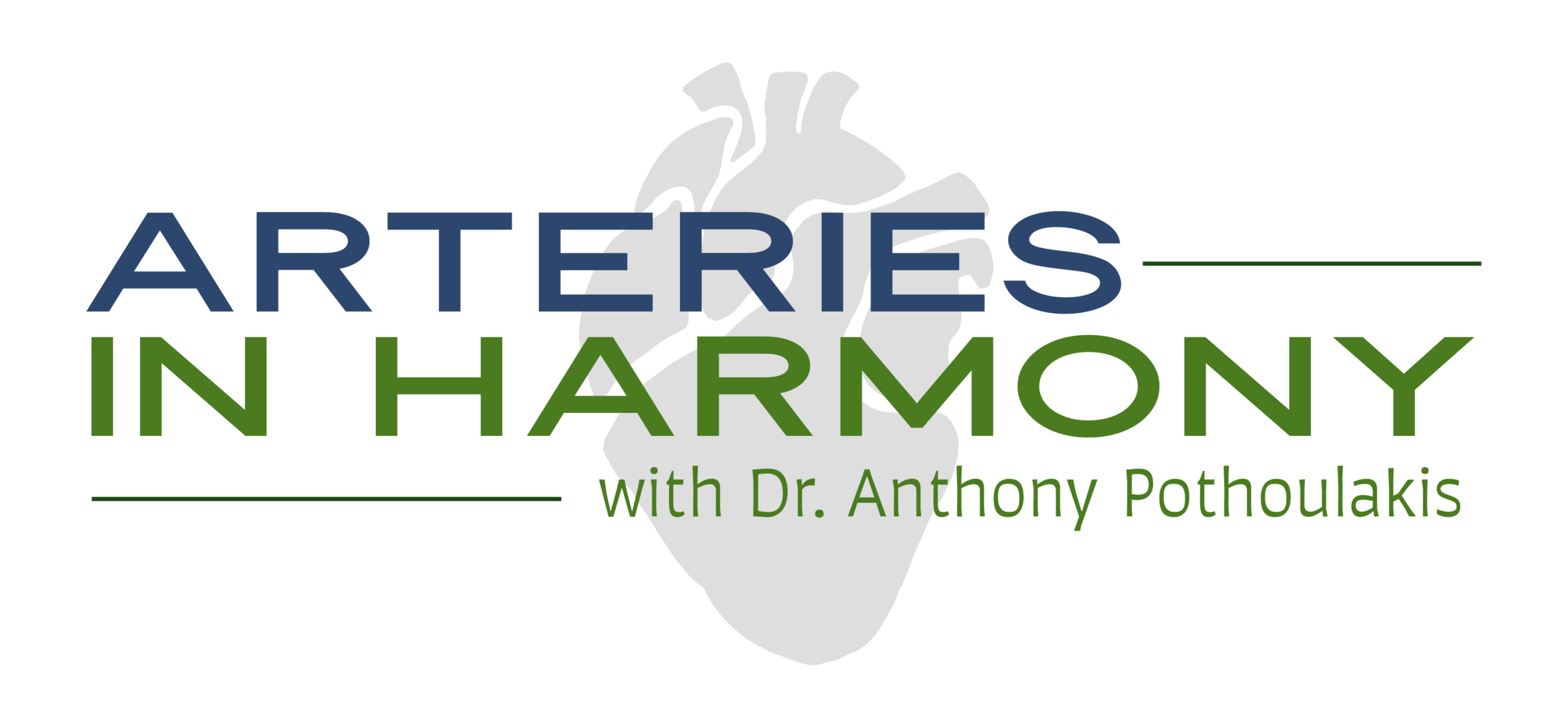New Year, New Diet? - Keto (Part 1 of 3)
A New Year! Another chance for us to start fresh and make the most out of the year. With the New Year comes resolutions -- and the most common one? To lose weight! While there are many different kinds of diets, exercises and ways to get healthy, in my book I discuss the positive health benefits of two trendy diets: the Paleo Diet and the Mediterranean Diet. I stand by these two ways - or philosophies - of eating more than any other kind of plan. However, I also need to acknowledge another diet that is making waves in the health industry: the Keto Diet.
The Keto Diet has become extremely popular -- and for a good reason, as it helps you lose a lot of weight in a relatively short amount of time and without feeling hungry. Keto diet, or “The Diet Without Carbs”, consists mainly of protein, fat, and vegetables. However, it’s a strict diet: can you imagine spending the rest of your life without ever again tasting fruits, bread, pasta, milk or ice cream?! So, if you are looking to try a new way of eating, read below as I give a little synopsis into these three popular diets! Let’s start with the Keto Diet.
The Keto diet is higher in fats and proteins, and keeps carbs down to a minimum.
The Ketogenic Diet, or Keto diet as it’s commonly referred to, has taken the country by storm. The Keto diet is based around the high consumption of fats, proteins, and vegetables while limiting carbohydrates to no more than 20 grams per day (think that even spinach contains 1 gm of sugar per serving). By eating foods that are higher in fat and protein, the body stays fuller longer and that’s the key secret of this diet: you don’t have to feel hungry to lose weight. The fats you can eat include both the heavy saturated fats like bacon, red meats, and excess cheeses, but also the healthier fat choices, like avocados, eggs, and coconut oils. The only carbs that are allowed in the Keto diet are those mainly those found in vegetables and berries. Carbs (such as simple sugars, high Glycemic Index foods, white bread, white pasta, and even some fruits) are extremely restricted as they force insulin to spike. This leads to mild hypoglycemia and hunger. Imagine that you eat to stay full and satisfied, instead of eating every 2 hours when hunger strikes -- which is what simple sugars do!
Beyond being so strict and so difficult to maintain over time, another drawback to trying the Keto diet is the Keto flu. This occurs because our brain is programmed to run on sugar. With the Keto diet, you take sugars out which forces the brain to make an unpleasant adjustment and run on fat instead. The brain doesn’t like that and will let you know: you can feel extremely tired, with possible constipation or diarrhea, as well as bloating. These symptoms may last anywhere from a few days to a few weeks -- but that is to be expected as our bodies get outside their comfort zone (or comfort food!) and have to go through such a drastic transition over such a short period of time. Most scientists do not like the Keto diet because it allows you to eat large quantities of saturated and bad fats. But the main problem that a lot of people deal with on the Keto diet is the inability to maintain the changes in the long run. If you have followed the Keto diet for an extended period of time, lost the desired amount of weight and then go back to your old ways of eating, the weight that you lost will come right back. So, can you stay away from beer, pasta, bread or milk chocolate forever? Not many people have done it.
Finally, I want to add that, as a doctor, I am frequently asked about what this kind of eating does to our arteries, mainly because of the consumption of high fats. The answer comes down to this: if you are obese or significantly overweight, losing the excess weight (in fat) is much healthier in the long run than the effects of a high-fat diet.
Stay tuned! I will discuss two other tasty diets that you can adhere to in the long run and are approved by many scientists.
To your health!
Dr. Anthony
Know someone who would appreciate this blog? Share it with them!

